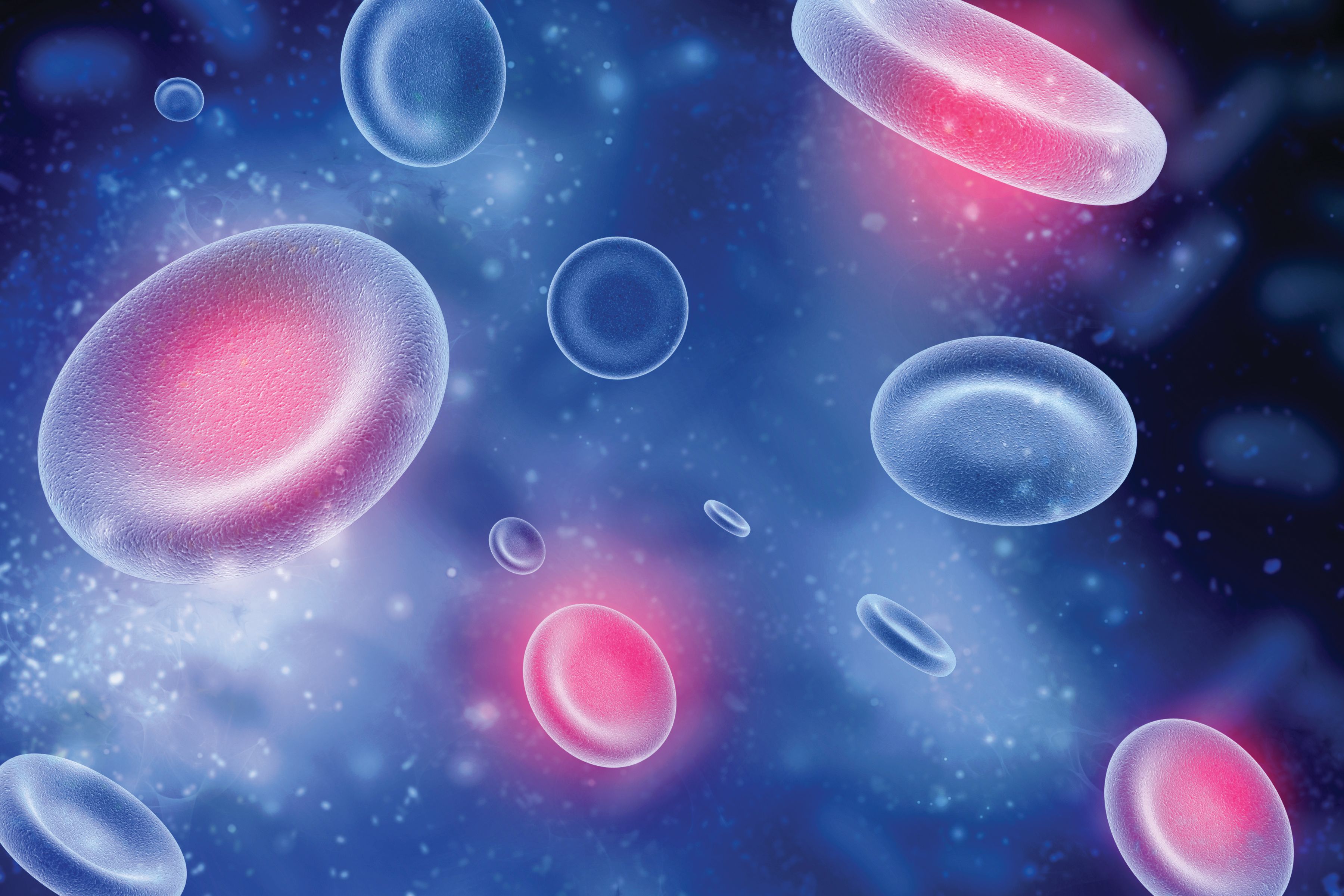Lenalidomide/Rituximab Yields Enduring Benefits in Small MCL Cohort
Data from a phase 2 trial support lenalidomide plus rituximab as a novel treatment strategy for patients with previously untreated mantle cell lymphoma.
"The efficacy of first-line [lenalidomide plus rituximab], as evidenced by high response rates and durable remissions as well as long-term safety with the convenience of an outpatient treatment regimen support the broad-based applicability of this regimen as a novel approach to previously untreated MCL," according to the authors of a phase 2 study (NCT01472562).

Combining lenalidomide (Revlimid) with rituximab (Rituxan) produced prolonged, enduring responses and manageable toxicity among a small population of patients with untreated mantle cell lymphoma (MCL), according to 9-year follow-up findings from a phase 2 trial (NCT01472562) published in Blood Advances.
Lenalidomide plus rituximab yielded a median progression-free survival (PFS) of 9 years. Additionally, the estimated PFS rates were 61.0% (95% CI, 41.8%-75.2%) at 7 years and 51.0% (95% CI, 31.5%-68.0%) at 9 years. The estimated 7-year and 9-year overall survival (OS) rates, respectively, were 76.0% (95% CI, 58.7%-86.7%) and 66.0% (95% CI, 47.3%-79.2%). A high-risk MCL International Prognostic Index (MIPI) score conferred less favorable OS outcomes (P = .03).
Investigators reported that 17 of 36 evaluable patients had ongoing responses; this included 17 responses that lasted for more than 6 years, 15 for 7 years, 11 for more than 8 years, and 6 exceeding 9 years. Additionally, 12 patients in complete remission (CR) during maintenance therapy were able to discontinue treatment, and 10 maintained durable remissions.
“The [lenalidomide/rituximab] study is the first chemotherapy-free frontline treatment for MCL, and our report provides the long-term data using a chemotherapy-free approach in MCL,” the study authors wrote. “The efficacy of first-line [lenalidomide plus rituximab], as evidenced by high response rates and durable remissions as well as long-term safety with the convenience of an outpatient treatment regimen support the broad-based applicability of this regimen as a novel approach to previously untreated MCL.”
Patients who enrolled on this multi-center phase 2 study received 20 mg of lenalidomide daily for the first 21 days of a 28-day cycle for 12 cycles during induction followed by 25 mg daily after the first cycle and maintenance at 15 mg daily. Patients also received 375 mg/m2 of rituximab every week for 4 weeks in cycle 1 followed by once every other cycle, including as maintenance.
The study’s primary end point was overall response rate (ORR). Secondary end points included PFS and OS.
Patients with measurable, histologically confirmed untreated MCL and a low- to intermediate-risk MIPI score or a high-risk MIPI score with a contraindication to chemotherapy were able to enroll on the study. Additional eligibility criteria included having an ECOG performance status of 0 to 2 and a creatine clearance of 30 mL per minute or higher.
The study included a total of 38 patients, who had a median age of 65 years (range, 42-86). Additionally, 87% of the population had an evaluable Ki67 marker, which included 21% with a Ki67 of higher than 30%. In the response evaluable population (n = 36), most were able to finish induction therapy and proceeded with lenalidomide/rituximab maintenance (n = 33).
Investigators reported that 70% of patients needed a dose reduction from 15 mg of lenalidomide during maintenance therapy; the median maintenance dose was 10 mg. Additionally, 5 patients remained on treatment with single-agent rituximab, 1 remained on lenalidomide monotherapy, and 1 remained on rituximab/lenalidomide.
Overall, 8 patients (21%) developed a secondary primary malignancy. Additionally, 2 (5%) had an invasive systemic malignancy, including one with Merkel cell carcinoma and another with pancreatic cancer. Both patients died after developing these systemic malignancies.
Common grade 3 or higher hematologic adverse effects (AEs) included neutropenia (42%), thrombocytopenia (5%), and anemia (3%), which were reported to be less frequent and intense during maintenance therapy. Additionally, infections were primarily grade 1/2 and mostly consisted of upper respiratory infections (50%), urinary tract infections (21%), sinusitis (16%), and cellulitis (16%). Investigators highlighted that 4 patients developed COVID-19, including 1 who underwent hospitalization and subsequently died and 3 who did not require hospitalization.
Reference
Yamshon S, Chen GZ, Gribbin C, et al. Nine-year follow-up of lenalidomide plus rituximab as initial treatment for mantle cell lymphoma. Blood Adv. 2023;7(21):6579-6588. doi:10.1182/bloodadvances.2023010606
Highlighting Insights From the Marginal Zone Lymphoma Workshop
Clinicians outline the significance of the MZL Workshop, where a gathering of international experts in the field discussed updates in the disease state.